What your conference table says about your office
If an interior design consultant told you, “Tables are necessary for a meeting room,” you might ask for a refund. However, there are other elements at play here. The conference table is such an important aspect of a meeting, it simply can’t be overlooked as just another surface area where notepads are placed.
The conference table dictates seating placement which can change the mood of the meeting you’re having. Here are three table shapes and the different purposes they serve:
The Rectangle
This classic table shape is used from boardrooms to dinner tables. It conveys hierarchy because those at the head(s) of the table can see everyone else while the others in attendance must change position according to who is talking. Increasing the length in the table quite literally increases the power distance between those on the sides and those on the end. An unequal width:length ratio can sometimes reflect the unequal power the “head” of the table has over the rest. This is perhaps why very long tables are used in executive board rooms, rather than collaborative brainstorming sessions.
While a rectangular table might be the simplest choice, the parameters of a rectangle table will also convey quite a lot about the company structure and attitudes towards collaboration to guests and potential employees.
The U
A U-shaped meeting table has two advantages. First, the U-shape sacrifices a large portion of surface area and seating to bring the focus to the open side of the table. This design is useful during presentations, video conferences, or product demos. A presenter can walk straight up to any viewer can speak directly to him or her, hand out materials, or even teach a technique one on one.
Secondly, this efficiency of space and surface area can give the room a more productive “feel.” Chairs around a U-shaped table are usually comfortable, but not luxurious. The U-shape is a conscious choice by the company to use space efficiently. Its purpose is to bring information to the forefront of the meeting. Attendants will subconsciously be aware of that, thus contributing to a more information-based, investigative atmosphere.
The Round Table
A round table can be jarring for those entering a meeting space for the first time, and there are some serious downsides to them:
- There can be a lack of personal surface area for notepads, laptops etc.
- If the table is too large it can be hard to talk across it, but a table that is too small can be uncomfortably intimate.
- The round table can pose difficulties for a presenter wishing to convey the same experience to the person seated directly next to him and those seated across the table.
However, for all its faults, a round table does have an important redeeming quality: equality. Round tables are great for collaborative work environments, peer criticism meetings, and customer interactions. Even if two individuals are sitting right next to each other on a corner of a rectangular table, they might view each other in a more adversarial role than if they were sitting at a round table. After all, no matter where you sit, you’re always on the same side. King Arthur might have gotten it right when he picked a round table for his knightly meetings. (Get it?)
So what tables do you use at work? And what do they say about you and the people you work with? Let us know in the comments.
Credit to Paul Downs at custom-conference-tables.com for his beautiful tables and images.
Category: New Products, Office courtesy



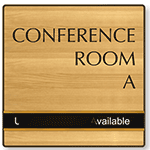

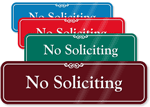


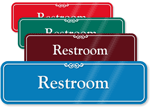




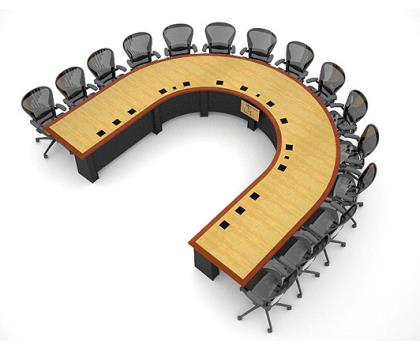
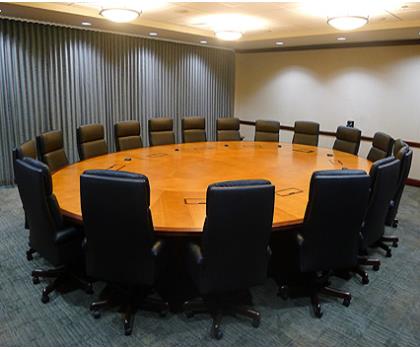
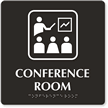



I don’t think there’s a table better than the basic conference tables. The ones you see so often depicted in movies. All these years those tables lasted, there must be a reason…
I’ve always been partial to HON tables, they’re one of the best.